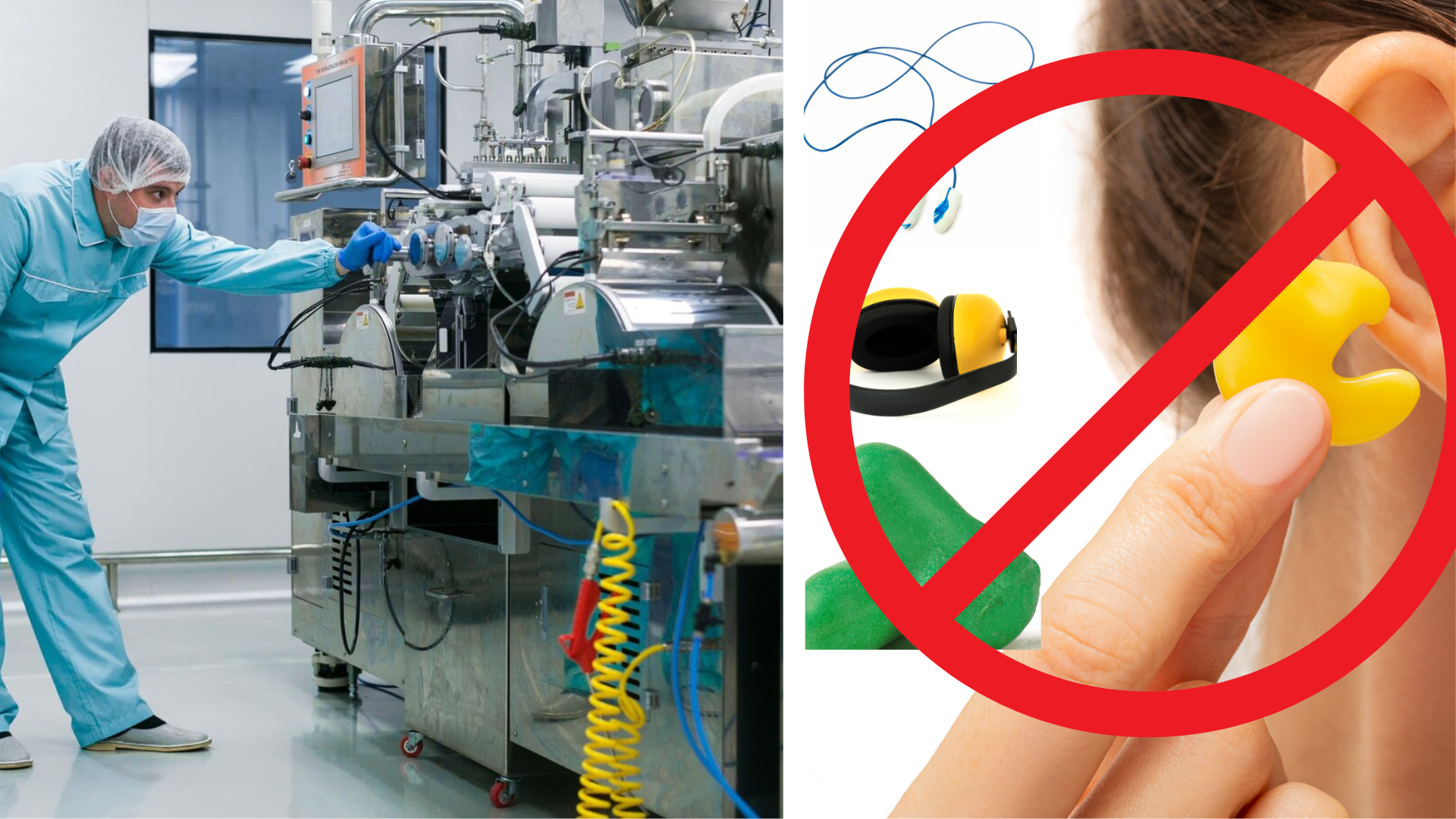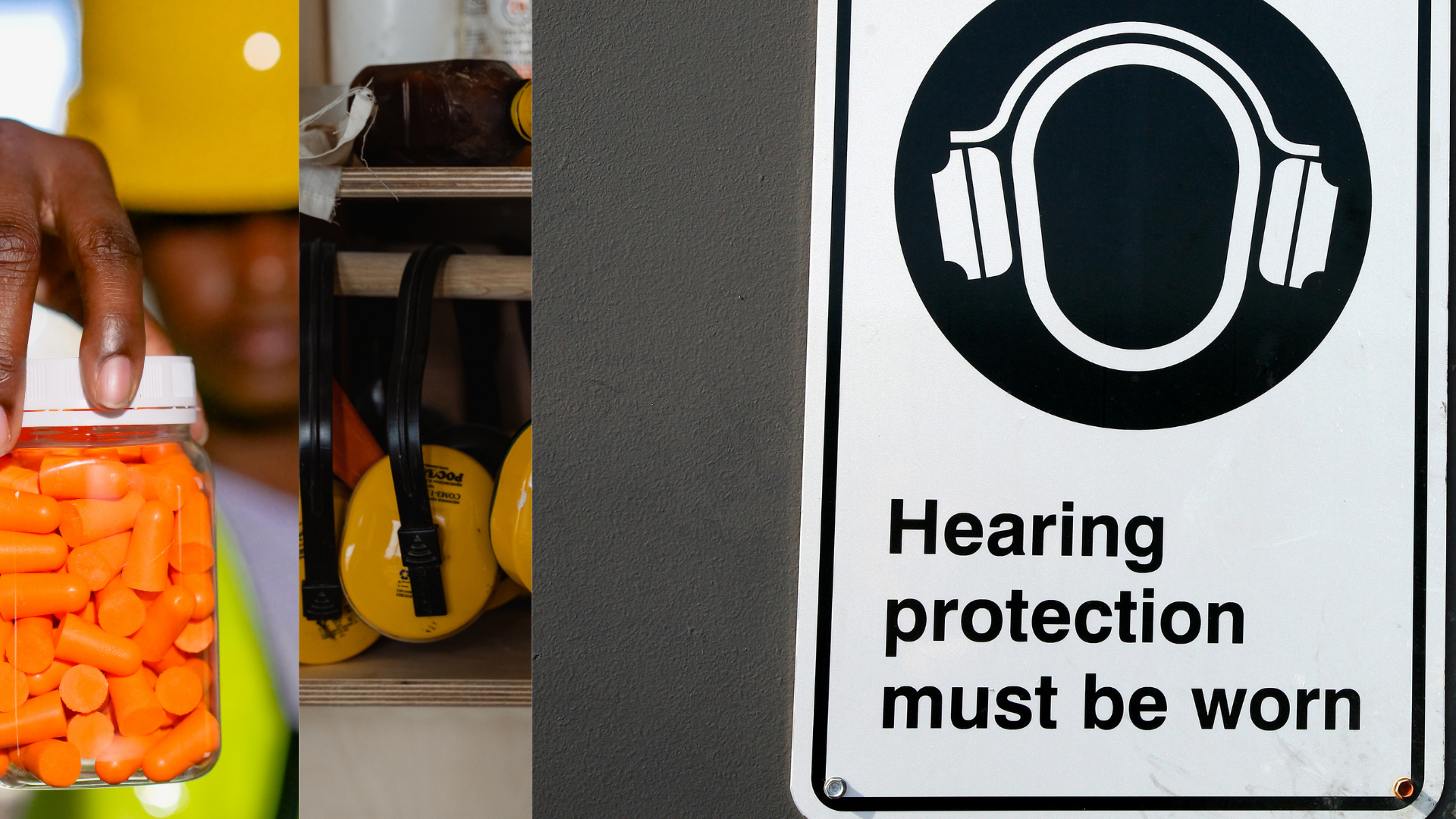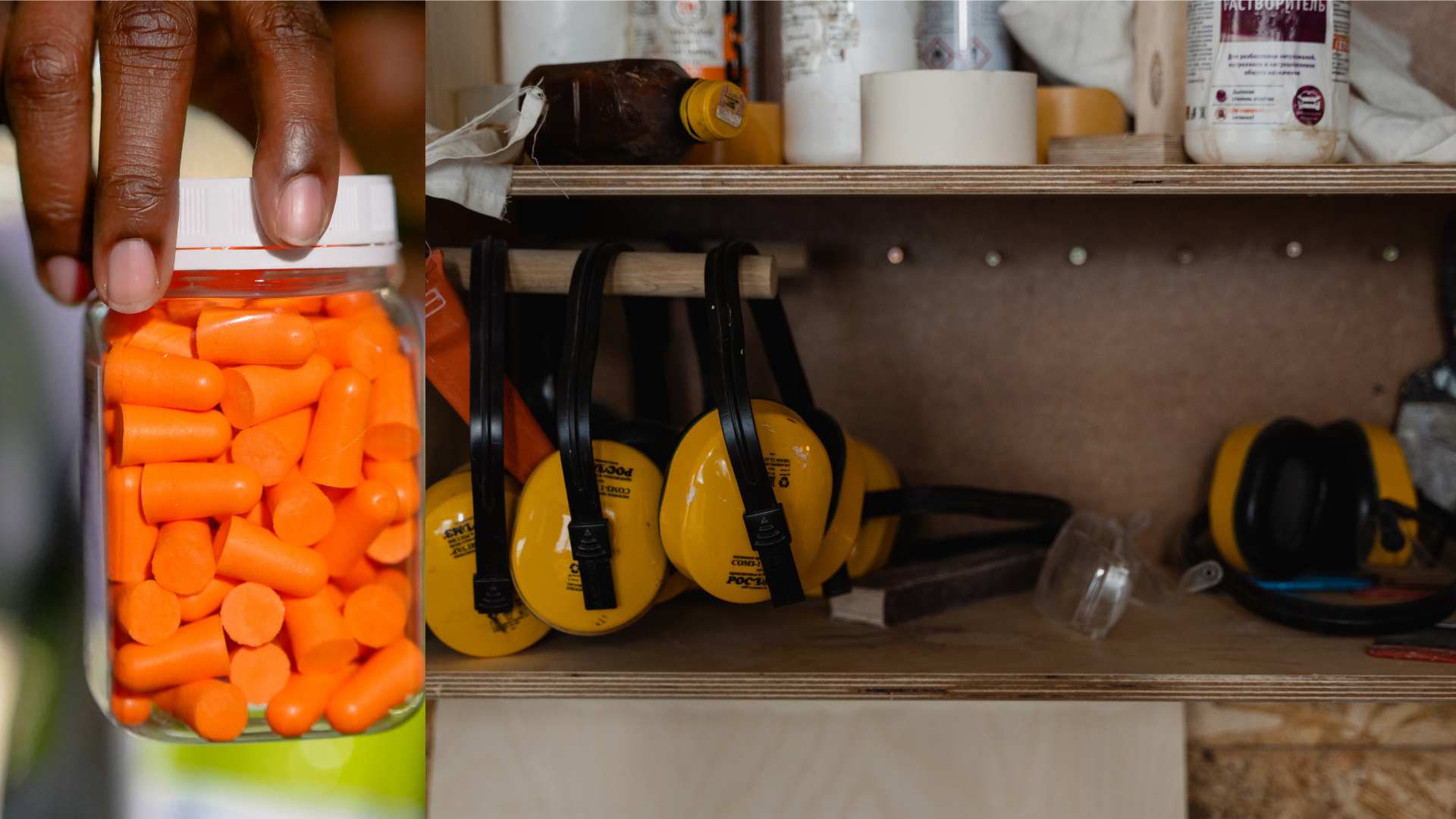New Year’s Resolution: Prioritize Hearing Health at Your Workplace
Noise-induced hearing loss (NIHL) is a severe condition affecting millions around the world. NIOSH reports that 30 million U.S. employees are exposed to sufficiently high noise levels to cause a permanent loss of hearing. According to the United States Office of Labor Statistics, there are more than 20,000 instances of hearing loss in the work environment every year, many culminating in permanent hearing damage.
The Hearing Loss Association of America has also estimated that 60% of Americans with hearing loss are studying or still working. That means 60% of the nearly 40 million hearing loss Americans are still working.
More of your employees have hearing loss than you think.
Which jobs are at risk of NIHL?
Those who work in some sectors may be more likely (due to the nature of their work) to suffer hearing loss. People working in manufacturing, construction and other noisy environments, for example, are at an increased risk compared to people working in more sedate environments.
Here are some jobs that are considered high risk:
- Construction workers
- Bartenders
- Agricultural workers
- Musicians
- Landscapers and gardeners
- Manufacturing and assembly line workers
Why good hearing is important on the job
Better communication, better performance: Communication is everything in almost any job but changes in the job market mean it is more important than ever. Industrial work is increasingly being replaced by service and tech jobs that emphasize good communication skills and teamwork. Poor hearing can hinder the overall ability of your workers to communicate efficiently in most cases and can contribute to a negative impact on their working relationships.
Increased productivity: The reluctance to treat hearing loss can affect work efficiency, job performance, and earnings. They can also pose a risk to our ability to hear sounds that signal work environment hazards, raise sick leave rates and reduced the overall quality of life of your workers. But the maintenance of good hearing can maintain and even improve the levels of productivity in your workplace.
Healthier workers: Hearing loss is associated with a wide range of other health disorders such as depression, diabetes, cardiovascular disease. It can also lead to an increased risk of falling and a loss of balance, which could increase the incidence of workplace accidents.
Prioritizing hearing health – it’s the law
By protecting your workers from hazardous listening levels through the federal limits set by the Occupational Safety and Health Administration (OSHA), you can reduce the health problems associated with noise exposure. If your workplace exceeds 85 decibels averaged over 8 working hours, you are required to implement a hearing conservation program at your workplace.
Hearing conservation programs are aimed at preventing initial hearing loss, preserving and protecting the remaining hearing capability, and equipping workers with the information and equipment needed to protect themselves.
Consider these solutions when creating your hearing conservation program:
- Design, engineering and administrate controls
- Pick and buy low-noise machinery and equipment.
- Routinely repair tools and equipment.
- reduce vibration as much as possible.
- Isolate the source of noise.
- Place a screen between the source of noise and the worker.
- Insulate the employee in a room or office away from the source of noise.
2. Provide adequate hearing protection
Earplugs and other safety equipment must be given to people who are required to work next to loud sounds. Not only that, you must provide education on the best way to fit these devices in the ear – there have been instances of workers who have worn poorly-fitted hearing protection and paid the ultimate price.
3. Conduct regular hearing testing
Training should be given to workers on a regular basis. It should cover the instructions on how to prevent hearing loss and education on how to diagnose the early signs and symptoms of hearing loss.
Anadyne
Great workplace communication is critical to both job performance and to getting a job. Great communication starts with great listening. And great listening starts with the ability to hear. Make sure your workers protect their ears this year, and you breed the conditions to help them provide you with many more years of faithful service. Contact us today to see how we can help maintain the hearing help of your workers this year.
The post New Year’s Resolution: Prioritize Hearing Health at Your Workplace appeared first on Anadyne.










